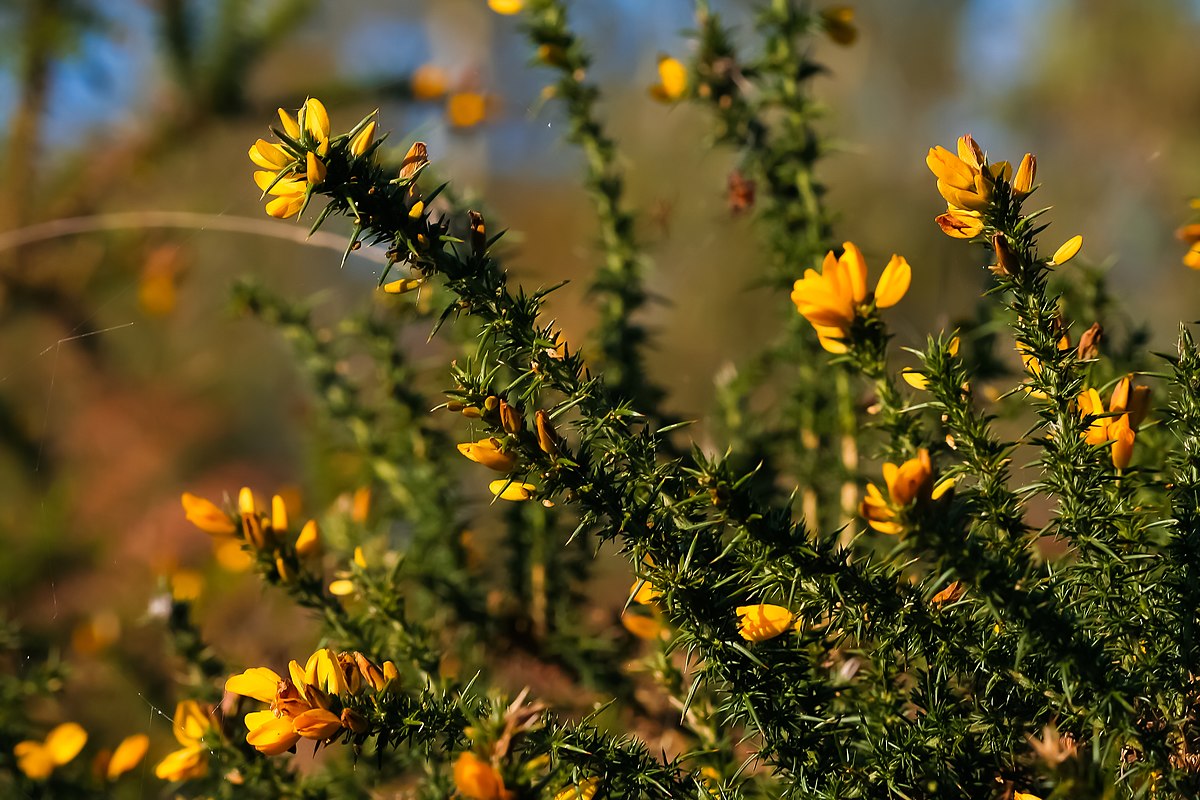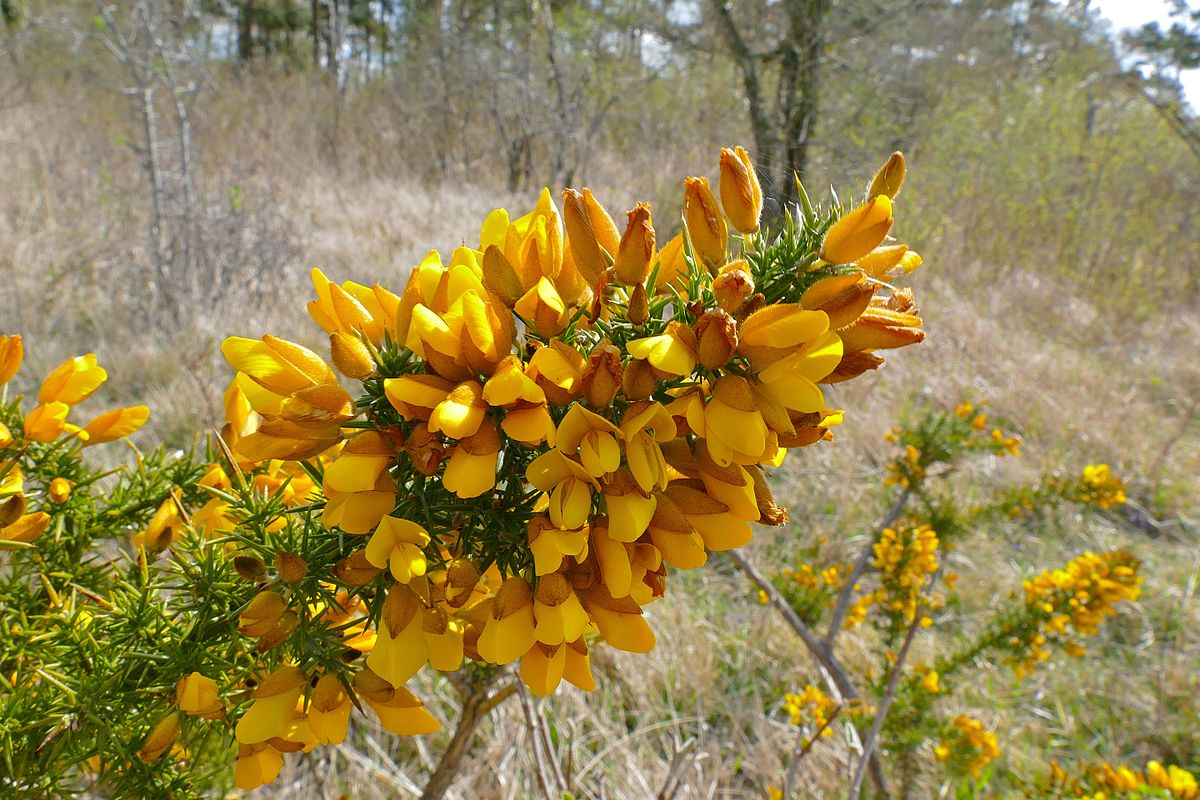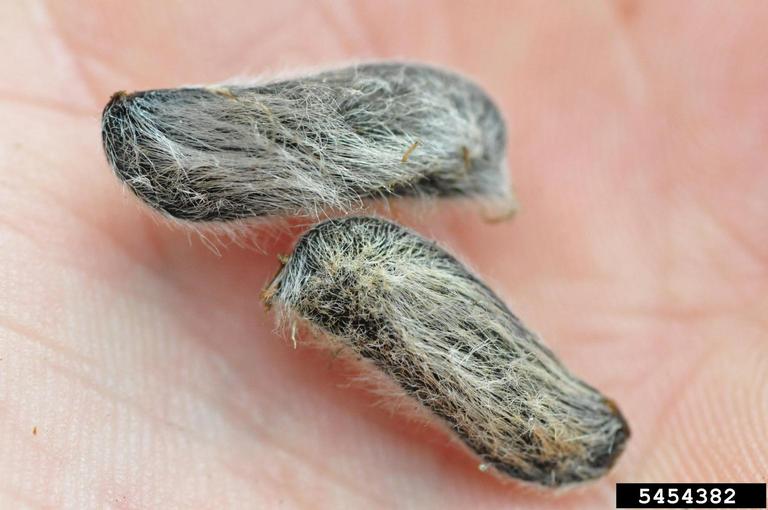Gorse

Gorse
(Ulex europaeus)
Priority: - Established / Strategic Control
Tags: Agricultural | Terrestrial | Biocontrol
Identification and Reproduction
Identification:
- Gorse is an evergreen, perennial shrub that grows between 1 and 2 m tall.
- Stems are upright and densely branching. Younger stems are green and will become brown and woody over time.
- Leaves are in the form of spines and dark-green.
- It produces clusters of bright yellow pea-shaped flowers.
- Seedpods mature to be dark brown or black and hairy.
Reproduction:
- Can reproduce from seeds and vegetatively from adventitous roots.
- It has been known to resprout from stumps.
- Seeds are often spread by wildlife or by the movement of contaminated soil.
- Seeds are fairly heavy and there is often a localized abundance of new seedlings.
- Seeds are ejected from seedpods when mature.
- Seeds remain viable for 30 years.
Habitat & Ecology
- Gorse is commonly found on hillsides, waterways, roadsides, railways, pastures, grasslands wastelands, logged areas, forest edges and other disturbed sites.
- It cannot withstand extreme dry conditions or severe heat or cold temperatures.
- It invades infertile sites that are low in organic content.
Impacts
Social:
- The presence of gorse can limit and hinder the recreational value of the land.
- When it invades pastures and rangelands it displaces forage plants.
- Reduces forage potential and availability for livestock.
- When infestations cover logging sites it can impede silvicultural activities by suppressing conifer seedling growth.
- Gorse shrubs can restrict the movement of livestock.
Ecological:
- Poses as a fire hazard as plant parts contain volatile oils and produce large amounts of surface litter.
- Displaces native vegetation.
- Decreases native plant diversity.
- Increases erosion.
Management
Mechanical/Manual Control:
- Small patches can easily be removed through hoeing or digging.
- Refrain from mowing plants as this will encourage vegetative growth. If mowing to prevent seed production, repeat mowing throughout the growing season to deplete root reserves.
- Cutting plants will not be effective when done alone, should be done in combination with chemical control.
Biological Control:
- Two species have proven effective on gorse; gorse spider mite (Tetranychus lintearius) and the gorse seed weevil (Exapion ulicis). Neither of these species have been introduced as a biocontrol agent in BC.
Chemical Control:
- Ticlopyr and glyphosate are effective from foliar, basal cut stump, cut stump and basal bark applications.
- Always read and follow the chemical product label prior to use.
Resources
Download A Guide to Weeds in British Columbia for Gorse here.
Find out more information on the NAISMA Common Gorse factsheet.
For more details check out BugwoodWiki's factsheet for Ulex europaeus here.
Header photo (Miguel Mendez).





